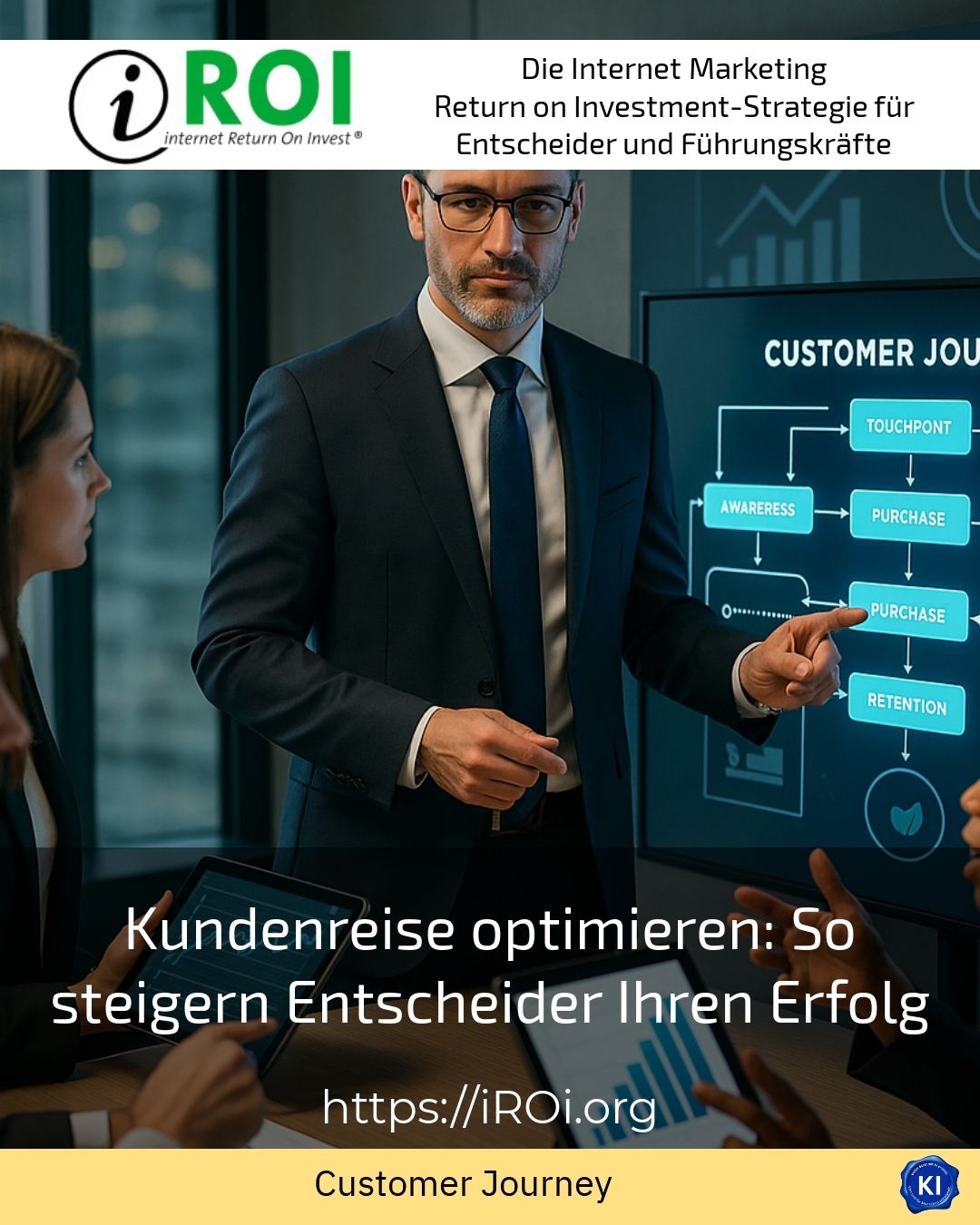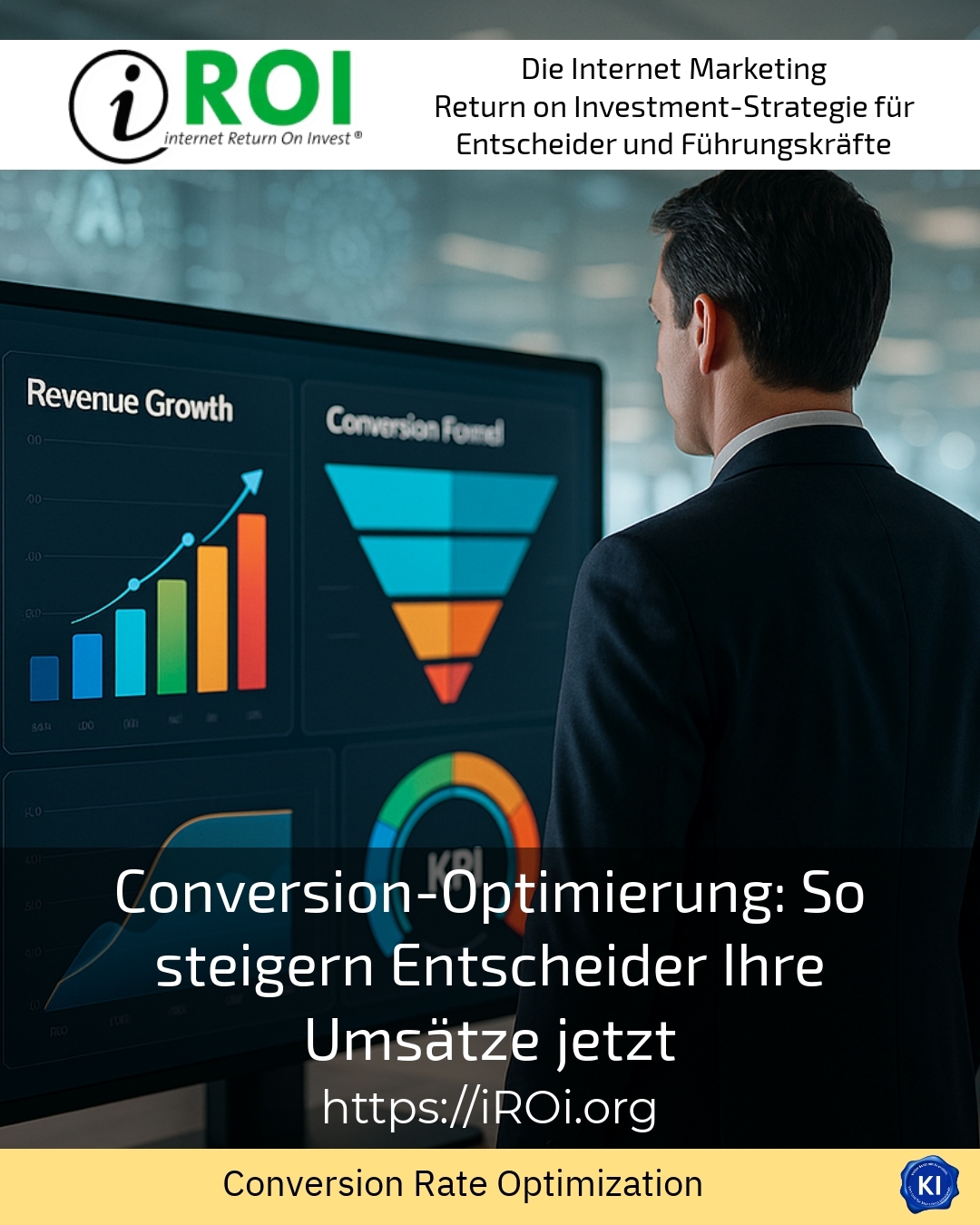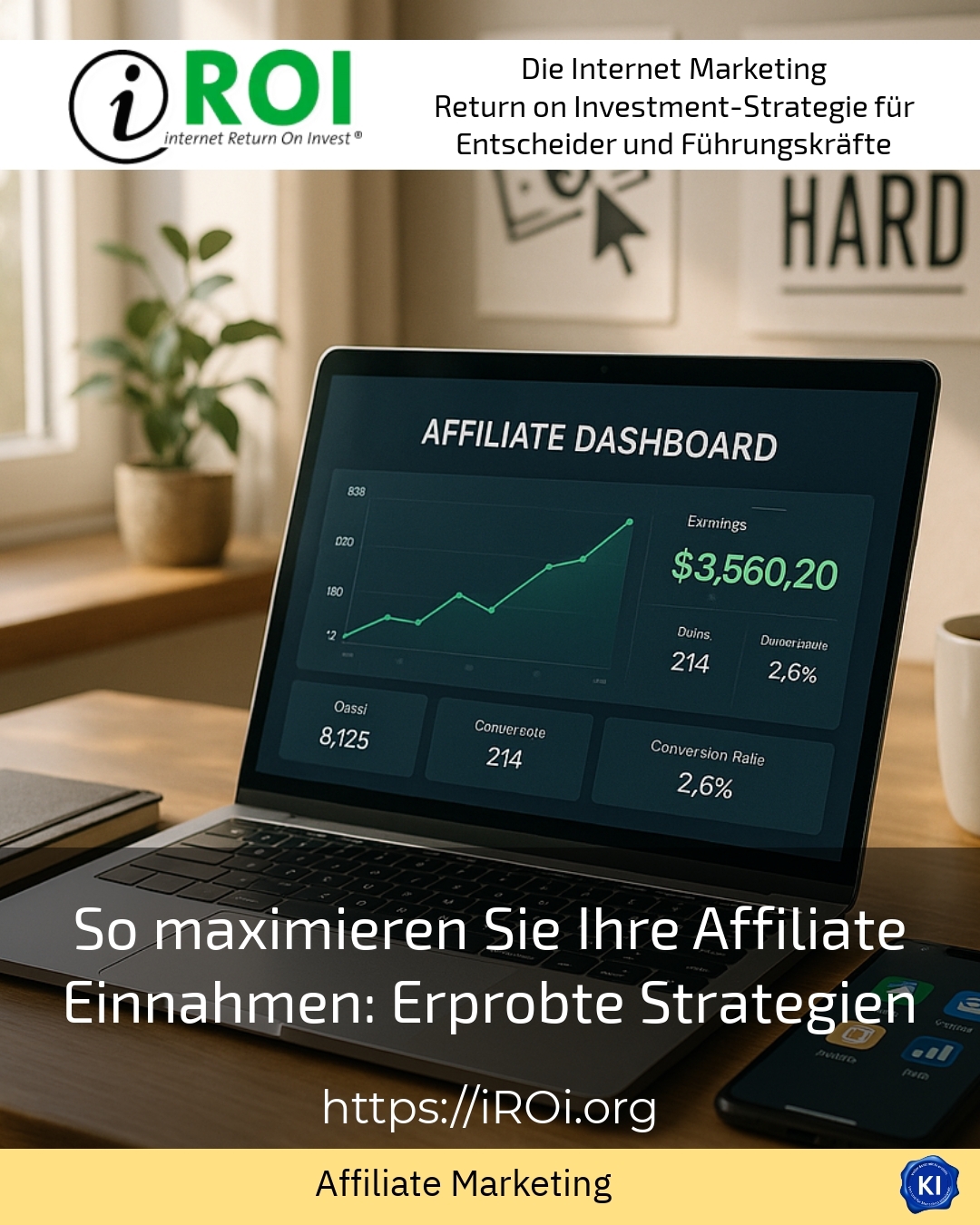With the advent of social media, marketing, advertising and promotional activities have evolved significantly in the modern operational expenditure (OPEX) business environment. The internet now offers many exciting opportunities for brick-and-mortar businesses to reach potential customers, and the use of social media platforms has helped countless business owners to manage customer contacts and promote their products and services in a highly targeted way.
Before we look at some of the social media trends that businesses can apply in 2015 to increase sales and manage communications, it's important to look at the existing statistics on the use and benefits of social platforms and consider how to harness the power of such networks.
Use of social media
Facebook, Tweeter, LinkedIn, YouTube and blogs are the most popular networks in the social media community. The use of the individual platforms varies, and so do the benefits. According to a study conducted by Google, around 90 % of smartphone owners have at least one account registered with a particular social media site. This means that sites like Instagram or Twitter are home to millions of internet users who are essentially potential customers, and the fact that businesses can communicate with customers from all parts of the world is no longer a new concept.
Inc 500 records show that 94% use LinkedIn, while the reach of Facebook and Twitter is 80% and 79% respectively. A large percentage of each organisation's customers also regularly access social media. The use of social sites has increased exponentially in recent years, and the impact on your organisation's bottom line is huge.
Trends to watch out for in 2018
For small and medium-sized businesses, social media platforms are a cost-effective way to interact with a wide range of potential customers, launch marketing campaigns and promotions, and increase sales. Trends in 2015 that can help businesses take advantage of social media and realise its full potential include:
Facebook is simply the most popular and top-ranked social media website. According to the company, it has more than 1.39 billion monthly active users. Facebook has a community and reach unmatched by any other social platform in existence today, and it will continue to trend in 2015. Most companies already recognise the opportunities that lie within it. However, remember that most Facebook users are more interested in information about family, friends and social activities than they are in your adverts, and the posts that receive the most 'likes' are the ones that appeal to users.
- Effects of Facebook - The main benefits of this social media platform lie in advertising, marketing campaigns and capturing customer metrics through interaction. By targeting messages to your chosen demographic, you can learn a lot about customers' reactions to situations, speculation and users' experiences with your products.
- Tips for using social media - Set up a presence on Facebook and complete the profile with descriptions, images and links. Be professional in all your communications, but leave the corporate marketing jargon aside - users don't like it because it doesn't allow them to interact with you on a personal basis. Corporate jargon is confusing and most people will simply click away if they feel disconnected from your message.
With Facebook, you also need to ensure constant interaction and frequently distribute high-quality content to appeal to customers and colleagues. To take full advantage of Facebook, you should create fan pages, run Facebook ads and make good use of images, memes, videos and surveys, as well as offer giveaways or discount coupons.
- LinkedIn Since 2012, this medium has developed into one of the most powerful social media profiles for small businesses available today. Its usage has grown to 94% in 2014 and its reach is expected to increase in 2015. When you use this platform, you present your company as a reputable professional who is both a skilful businessman and a competent service provider.
- Effects of LinkedIn - For brick-and-mortar businesses, LinkedIn represents the core values and benefits of professional connections. Any company can use the medium to improve connections with other service providers in the same niche. It also facilitates contacts with suppliers, potential employees and customers.
- Tips for using social media - To maximise the use of LinkedIn, you need to create a strong, complete company profile including employee profiles. So remember to design complete portfolios with pictures and families to help your employees. Then make sure the profiles are optimised with targeted keywords and messages that will attract relevant/desired companies.
It's important that you join relevant groups in the niche you serve, as this will give you more insights from like-minded people and position your business as the best. Also, you can utilise presentations like SlideShare to provide illustrations and publish leading content through the platform. This basically helps to improve the perception of your business by potential customers through strategic positioning and marketing.
- Twitter Twitter is another social media platform that has long been recognised as a powerful communication and marketing tool. The network allows your business to create a profile and upload images, post short messages about your customers, respond to questions and even use it as a real-time customer support site.
- Twitter implications - Twitter is the best platform to increase the reach of your messages as it has almost 288 million users (as of March 2015). With short, targeted messages (160 characters), you can address your customers in any way you like and, above all, start meaningful conversations.
- Tips for using social media - Tweets have a very short lifespan and Twitter is heavily dependent on attention (your followers and those you follow). You should use Twitter to reach out to potential customers and connect with reputable companies by following them and retweeting their messages. As established brands tend to have many followers, your Twitter account will be seen by the same group of customers that you are both targeting. This can prove to be an effective and inexpensive way to reach potential customers.
When tweeting or retweeting, use relevant hashtags (#) to increase visibility and reach. The use of images can also increase reach and arouse customer curiosity.
- Blogging Blogs are not only powerful marketing tools, but they are also inexpensive and very effective at getting your message across. They are basically websites that act as social media where your company has unlimited opportunities to publish content, include links, network with peers and executives, invite guests for interviews, describe, promote or review products and services, and inform your customers about your products.
- Effects of blogs - Blogs give you control over all content and interactions, as well as how you present and market your brand. However, you need to regularly update high-quality content and this requires resources and time. Blogs should therefore be approached patiently and carefully.
Many blogging platforms such as Blogspot and WordPress also do not allow blatant advertising posts on their platforms. This can be easily remedied by buying a domain name and hosting your blog on your own web hosting server so that you have 100%ige control over its content.
- Tips for using social media - Optimise the blog for search engines to improve visibility and ranking, and make sure you include links that direct customers to helpful content. You can additionally benefit from promoting other partners and appearing on their blogs as well to increase reach. As a gateway linking to other websites, you can publish a variety of content aimed at specific groups.
Conclusion
There are many other social media trends from 2014 that look even more promising in 2015. These include creating high-quality videos and posting them on YouTube so customers can learn more about your business. Others include Pinterest, Google+ and niche forums, all of which host a variety of internet users and potential customers.
The goal of using social media is holistic content design and creation combined with expanding the reach of your business or brand - so make sure you involve the whole team and build a fully optimised online presence on most, if not all, social media platforms.















